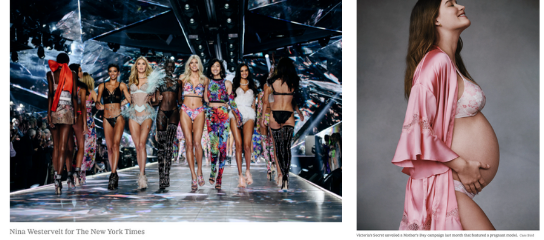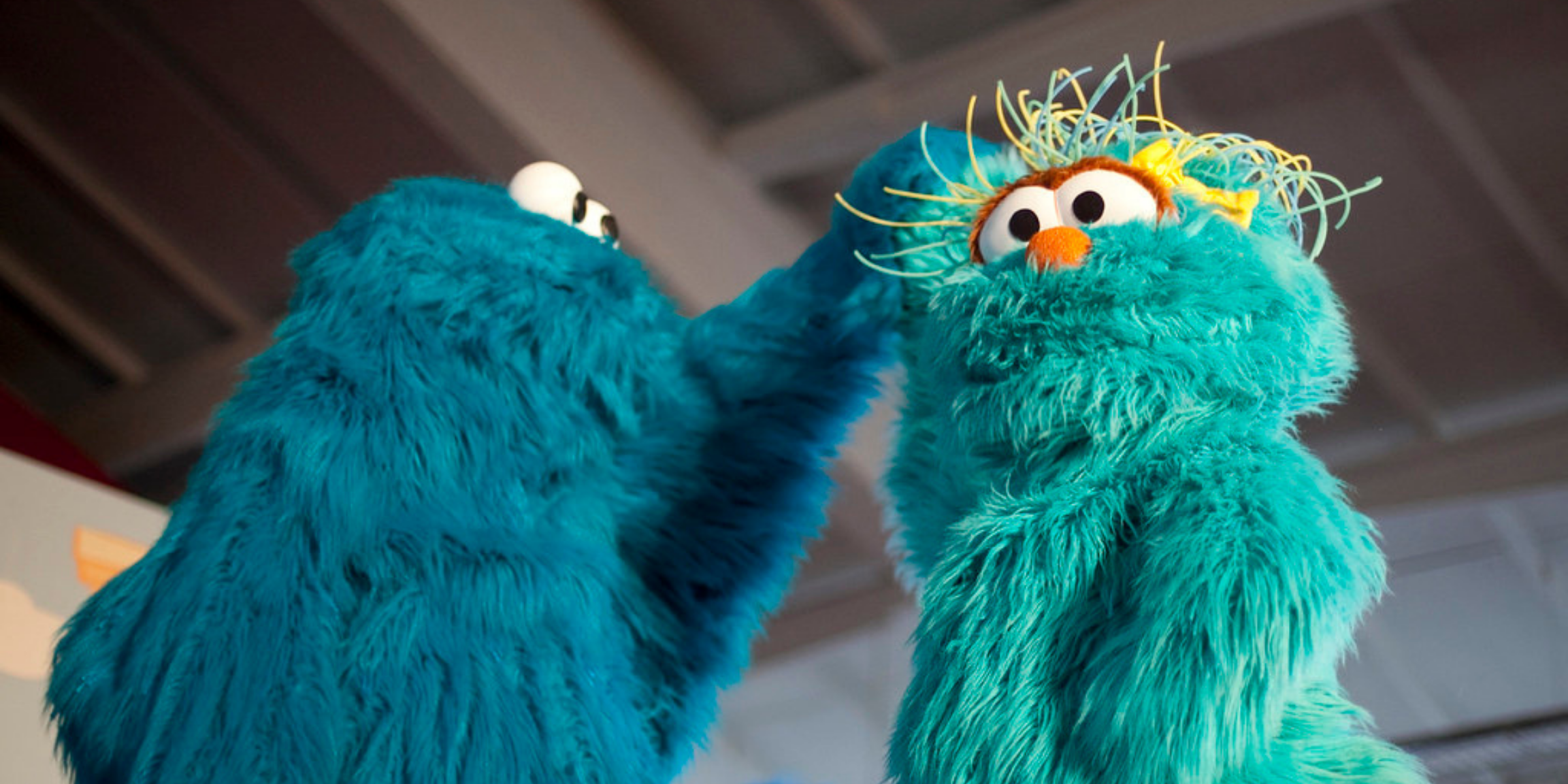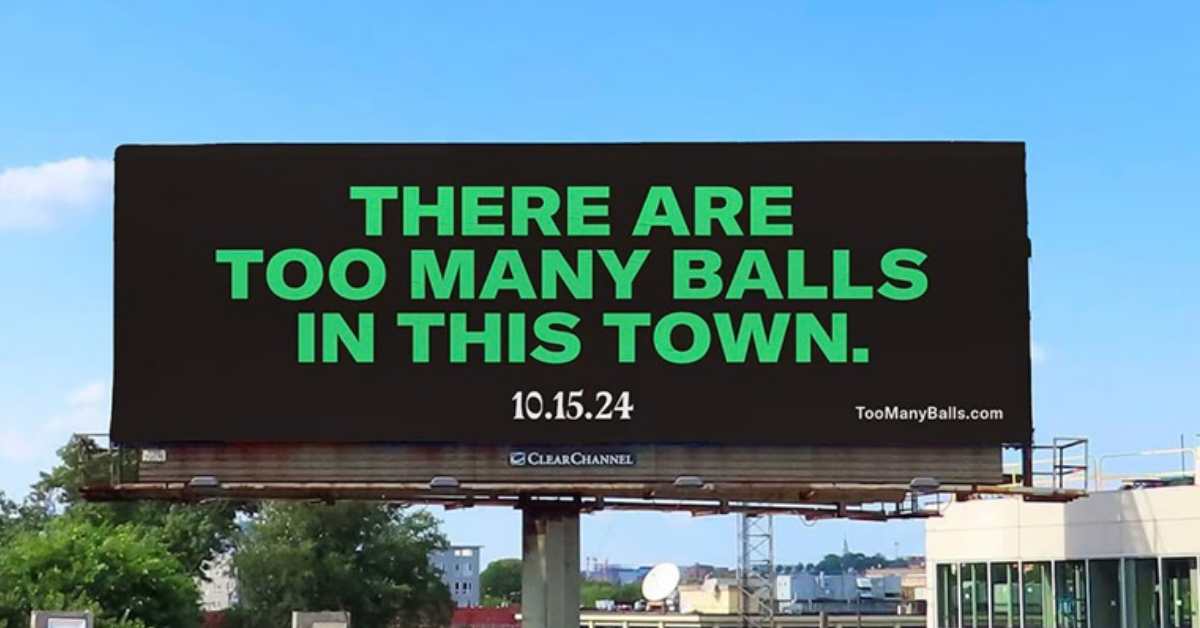Victoria’s Secret recently announced an overhaul of the brand, leaving behind the scantily-clad, supermodel “Angels” as avatars of the brand, and embracing a broader definition of “sexy,” exemplified in a more diverse and inclusive group of models and spokespeople.
Why the revamp? Some would say it’s purely a matter of keeping up with the times, looking for new customers who can be wooed over to a refreshed brand. But could it be that Victoria’s Secret has found the secret other brands have discovered? That consumers are moving away from brands that are “aspirational” to the point of being an unrealistic reflection of real life? And towards brands that feel relatable, relevant, and approachable? i.e. More human?
We asked CTPers what they think. Is there a trend towards brands who hope consumers look at them and say, “That looks like who I am” instead of “That looks like who I wish I was.”
What brands have learned this secret? And which ones are way behind in figuring it out?

Images via the New York Times
We can all look back at our younger selves and see cringe-worthy moments. This is partly because times and norms were different, and partly because we simply didn’t have the maturity and perspective that comes with being around a while. But the key is, we demonstrate self awareness, we recognize when we’re out of step, and we make the necessary adjustments (at least, one hopes we do). Brands that are self-aware are those who have the necessary perspective on their buyer, the broader culture, and the brand’s role with both This perspective only comes with listening, engaging and constantly evolving.
Take Axe Body Spray as an example. In the early 2000s, Axe was focused on its effect on women, touting hyper-masculinity, with stereotyped predator roles for men, and objectified, prey-oriented roles for women. At the time, the Axe man was held up as the idealized male a high school kid would want to emulate. Looking back on it through the lens of the past 5 years, it’s pretty gross. Our discussions of gender roles, the me too movement, and DEI have reshaped how we look at that type of narrative. And high school kids are, quite frankly, looking for brands that seem real and true to who they are. Not idealized versions of themselves. And to its credit, Axe corrected the course about 5 years ago, and came up with “Find Your Magic,” which focused on self confidence, embracing your uniqueness, and being true to yourself. More recently they’re beginning to remembrance the Axe Effect but with a gentler, more diverse and friendlier stance. – Steve Angel, SVP, Director of Strategy
Maybe it’s the cynic in me, but I don’t buy it. I don’t think that Victoria’s Secret cares about featuring real women for the sake of empowerment. They’ve perpetuated unhealthy and unrealistic images of beauty for over 40 years, and I don’t think that ever would have changed if profits kept climbing. While I LOVE seeing real women in the clothes I want to buy, I’m hesitant to commend VS on this latest effort because it seems as if they’re jumping on the bandwagon. When Aerie featured models in wheelchairs, or when Dove featured REAL bodies in the Campaign for Real Beauty, they were pioneers. These brands had the courage to stand for something even when they weren’t sure how it would affect their sales. Turns out it was the right move. But Victoria’s Secret wasn’t willing to make that stance until realizing that it had to pivot in order to remain relevant. They knew that sex wasn’t selling like it used to, and that women are more drawn to courageous, authentic brands that don’t perpetuate unrealistic beauty standards. Dove launched the campaign for Real Beauty in 2004 – so now, 17 years later, I can’t help but see this as anything more than a surface-level marketing ploy and desperate attempt to bring the brand into 2021. – Lizzie Morrill, Senior Brand Manager
There seems to be a push towards brands who are shifting towards a more realistic and diverse body image in their branding. However, it does seem to be surface level. Attractive privilege is still majorly important for all brands and their models and brands still want attractive people representing their clothing. In the news and online we only tend to see mainstream backlash against the worst offenders when it comes to unrealistic body types, Victoria’s Secret being one of the worst offenders in history. I am not convinced that “that looks like who I am” has the same power as “That looks like who i wish I was.” When I am looking to buy something, the idea of it somehow changing my life for the better somehow is surprisingly potent.
Dove is a clear leader of the pack when it comes to diverse models. They seem to be the model that many brands have followed. A brand that seems to be far behind is actually Netflix. Netflix may not be the first brand you think of when you think about clothing and body types. However, there is consistent negative dialog online about how teenagers are represented in netflix movies/shows for young adults. The body types are pointed out to be quite obviously 25- to 30-year-old actors with godlike appearances and huge muscles. This is a strange problem to have as a streaming service considering the role of a streaming service. And an issue Netflix needs to figure out in order not to lose this demographic over time. – Jimmy Brockett, Assistant Content Creator
I think this is a great move for VS. They’re certainly a bit behind the times and should have made this move years ago, in my opinion, but it’s nice to see they’re making an attempt at being more relatable to a wider swath of shoppers. Other brands that come to mind who have made this shift are Aerie and Dove. One newer brand that sticks out to me for their approach to fulfilling the needs of all body types is Londre, a female clothing brand who specializes in swimwear and undergarments. They allow users to self-select from a set of various models with diverse skin tones, weights and heights, so you have the ability to see the garment on all types of bodies. Absolutely love that and hope more clothing brands begin to embrace the everyday woman. DOWN WITH THE SAMPLE SIZE! – Nikki Peters, Account Director
Authenticity has become an overwhelming imperative for brands in recent years and the Victoria’s Secret shift clearly tracks that. It’s also not new territory for this brand, as they began showcasing models with different body types several years ago. I’m sure another major factor must be sensitivity to casting women based on body type and traditional notions of physical beauty. No brand wants to be targeted or accused of promoting stereotypes that offend people. And besides, why not appeal to a more diverse world of consumers? – Mark Fredrickson, Managing Director, Technology Practice







